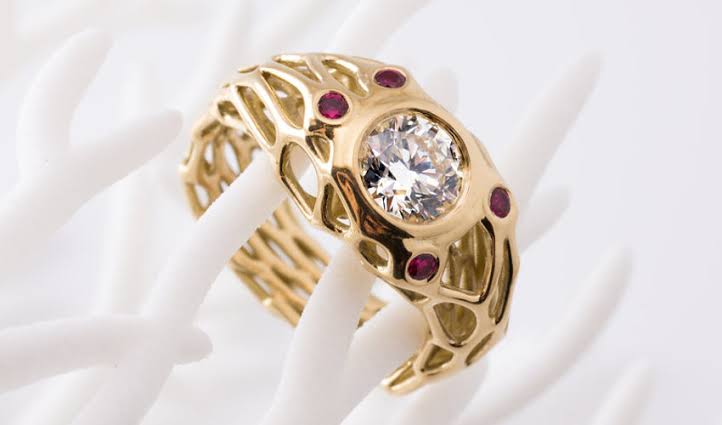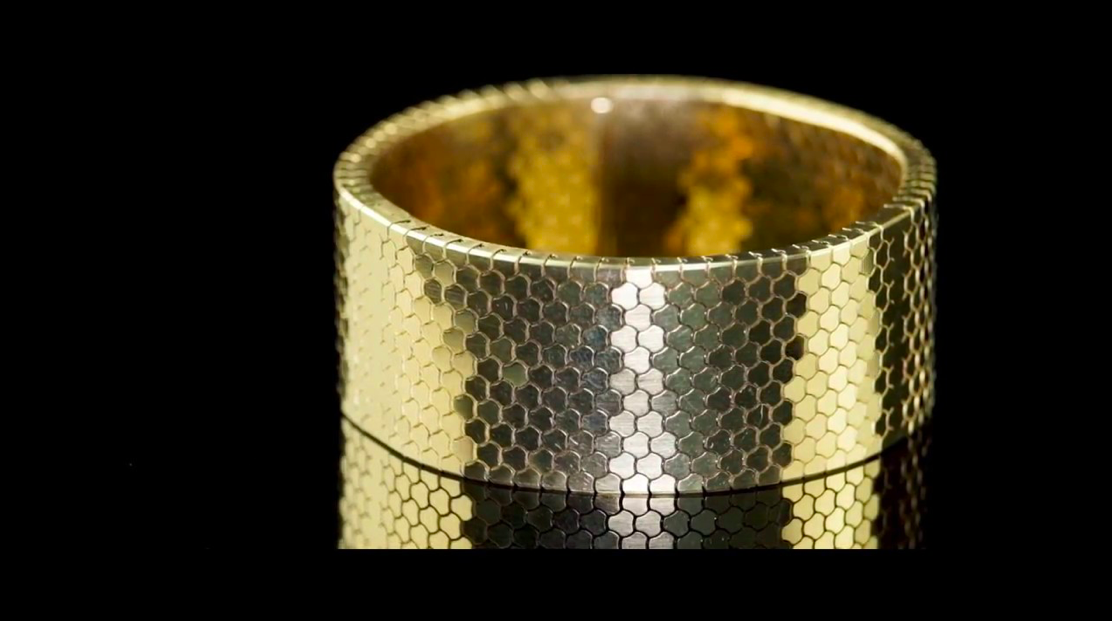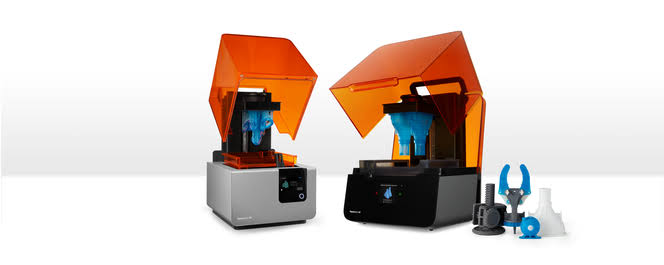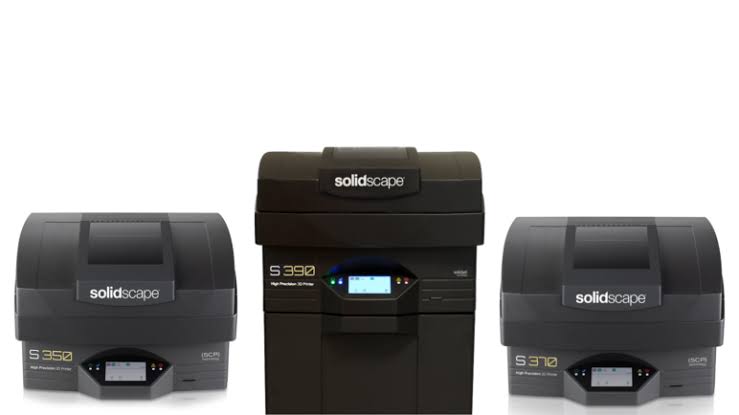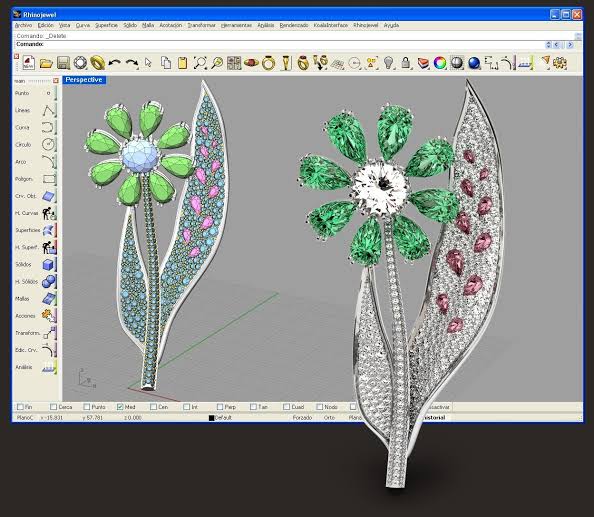With the growth of additive manufacturing technologies, there are very few industries that have shown as much promise as that of jewelry production. 3D printing allows for the creation of novel, new forms in these fashion accessory items with a whole range of molds and sometimes direct materials processing. Additive manufacturing has also given various manufacturers the ability to quickly test and prototype the designs for various fashion accessories quickly and with precision.
Traditional methods of preparing jewelry required either handcrafting or wax casting, both of which are more prone to human error and often slower than 3D printing. This provides unique opportunities in the additive manufacturing field, which not only offers machine precision but far better repeatability and ease of use. It also brings in increased digitization for far easier pattern reproduction and development.
However, even with reduced lead times and this greater control over the end shape, there are still quite some considerations when it comes to choosing your 3D printing tools. There are a number of ways to go about printing jewelry and they have their own distinct benefits and drawbacks, technologies and software options. This article aims to shed some light on each of these factors.
Approach to Printing
Broadly speaking, all jewelry printing methods and technologies come in two major categories: direct and indirect 3D printing. The former is precisely what it sounds like, i.e. a form of directly printing the jewelry using the end materials. Indirect printing methods, on the other hand, build a mold or casting pattern for the jewelry production process, which can use materials like gypsum or waxes.
Direct printing most often involves Selective Laser Sintering or Melting and is far less common than creating molds or patterns. It has its advantages in terms of allowing for a wider range of possibilities in terms of shape and form, which methods that are reliant on casts and molds cannot create. However, it is far less popular still.
There are a bunch of prohibitive factors that have prevented direct printing from gaining popularity but the biggest one is that the technology can be expensive, often relying on machines going for $100K. Though cheaper machines are available, they often don’t have the build volume one may need for professional scale jewelry printing.
Another prohibitive issue is that the materials for making jewelry are expensive and powders for these can be expensive, especially as many forms of melting and sintering create a lot of waste. Similarly, laser-based methods run into problems with materials that are very reflective, i.e. gold and silver. While not impossible, this does make them more cumbersome than traditional methods and indirect printing.
Indirect Printing methods often rely on investment casting, which is the most popular method to 3D print jewelry. This doesn’t mean directly producing end-use pieces of jewelry but rather producing 3D prints of highly detailed wax models of various jewelry pieces, which are later used to make molds.
It combines 3D printing with traditional mold manufacturing techniques, often using wax or gypsum. This requires users to 3D print the castable model in resin, using either stereolithography (SLA) or digital light processing (DLP). Then, the 3D printed model is covered in gypsum to create the mold. Once the gypsum is set, the resin is drained and liquid metal is poured in.
From there, it’s a traditional metal casting process, i.e. waiting for the mold to harden and then placing the mold into some high-temperature environment. Once the metal sets, the mold can be removed. Users then have to take the item out carefully and apply post-processing steps like polishing or more.
The greatest advantage of this method is that you don’t need a special form of the metal to create jewelry and almost any metal can be used. It also allows for far faster production than traditional modes of manufacturing, even though it may seem complicated. The molds it creates can be of very high value or have qualities traditional methods can’t reproduce and on top of this the patterns for molding can be easily reproduced when necessary.
Technologies
There are a bunch of technologies within indirect printing and mold patterning that bear mentioning. SLA and DLP are both quite common for creating mold patterns but there are key differences between the two technologies that are worth considering. For one thing, since DLP printers have to house projectors, thus they are larger than SLA printers (generally speaking). Both SLA and DLP generally use photopolymers, and are capable of achieving staggering levels of part complexity and precision, with a whole lot of dedicated materials particularly for jewelry molds.
On the SLA front, the Formlabs Form 2 is quite popular among jewelers and manufacturers. It offers an affordable, high quality stereolithography printing system and is great for molding patterns. The Formlabs Castable Resin also ensure that these prints will allow for better patterns.
Pricewise, while DLP machines can be cheaper for the average consumer, high-end machines in both technologies can range into 5-digit prices. Certain machines offer sub-technologies within these forms specialize in jewelry manufacturing as well. One such example is EnvisionTEC’s Vida cDLM device. Its Continuous Digital Light Manufacturing (cDLM) technology offers high resolution and high speeds. Technologies like this can also reduce the need for support structures, which means less trouble with finishing.
Another set of printers dedicated towards jewelry are the S series from Solidscape, featuring the likes of the S300, the S350 and the S390. These machines are a bit different in that they cast wax patters directly. This one uses the Solidjet technology delivering faster prints with reasonable reliability. The company also offers dedicated materials with hands-free, dissolvable supports that work in tandem to produce accurate and easy to remove parts. They also operate with non-toxic materials, so users won’t have to deal with gloves.
Dedicated direct jewelry printing machines, while rare, do exist. Cooksongold has had some success on this front, even hosting various collections with jewelry makers. Their M 080 Direct utilizes Metal Laser Sintering (DMLS) technology and can process jewelry without molds. The printer can work well with gold and platinum as they’ve showcased in the past at various exhibitions. It operates by melting fine metal powder with a laser to create extremely complex geometries such as freeform surfaces, hollow sections and articulating parts.
Software
Using a digital workflow, users can apply CAD software tools and create their own designs digitally, reproducing them with a 3D printer. This allows them to fashion up the patterns will form then be cast as the mold itself. After burnout of the positive pattern, the process follows the same path as traditional casting. This method is useful in that it cuts out a lot of the manual steps one comes to expect with traditional casting. It also eliminates some of the time-intensive steps and the design itself is far easier to reproduce, modify and print once again as desired.
Aside from the usual suspects like TinkerCAD, there are a number of software that can be useful for printing various jewelry mold patterns, even if the original software was not intended for jewelry crafting and designing purposes. Jewelry printing software can be quite expensive, but have a lot to offer in terms of faster crafting or complex designs.
Rhino3D is a popular software often used in architecture and industrial design, however it has a dedicated version purely for jewelry called RhinoGold. It allows for complex design for very detailed jewellery pieces, while offering a large choice of components and add-ons for combinations such as earrings, bracelets, pendants, eternity bands etc. One can build their model entirely from scratch or opt to use in-built templates and tools to create something faster or more intricate. RhinoGold includes modelling modules and engraving modules, which make this an efficient software to create 3D jewellery models. The original Rhinoceros is also popular among jewelers, along with RhinoJewel.
Matrix is, similarly, also for Jewelry. This is generally considered a very complex tool so it is not advised for beginners. However, it does allow for some very interesting and unique designs and has a lot of the same features as Rhino. The step-by-step builder allows for quite some creative exploration.
On the easier side of jewelry designing software spectrum, one can find 3Design. It’s interface and graphics were inspired by video games technology, which helps the software produce photo-realistic simulations of the eventual print. 3Design is easy to master, but that doesn’t mean that it can’t produce some interesting accessories and fashion items.
JewelCAD is another 3D free-form surface based solid modeler which offers powerful modeling tools that with a lot of open freedom in creating artistic and stylish designs. JewelCAD is very popular for the jewelry manufacturers in Asia. It’s easy to see why as its tools are flexible and intuitive and they can be easily learned and used with a bit of effort.
There are a whole bunch of other software solutions, and many that may not be intended for jewelry but can still get the job done. It’s best to use the tools that you’re most familiar with as these can be both time-intensive to learn and expensive. If you have a modeling software that you already know, it would be best to stick to that.
